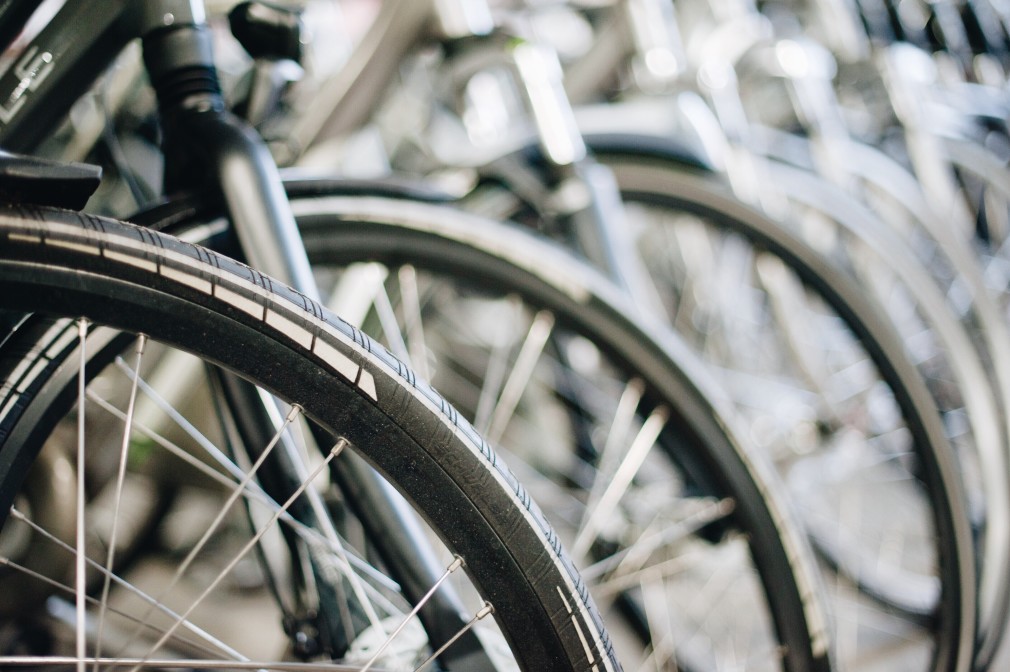Tips When Bicycling
Cycling safety is an important part. Here are some tips to keep in mind when biking. These include drinking enough water and wearing the right gears. Watch out for loose gravel and sand. Avoid leaning or braking. If you need to keep the track steady, you can shift your weight. Avoid braking or leaning too hard on loose surfaces. But, make sure you have complete control over your bike at all time.
Safety
Although it may seem like a dangerous place to ride your bike on, city streets are actually safer than country roads. Everyone moves slowly and is aware of where they are going. Riding your bike in the middle of the road is also safer, since you will have less room to move and can also deter aggressive drivers. You should be mindful of pedestrians and slow down if you want cars to pass. And when you are riding, be sure to yield to vehicles at pedestrian crossings.

Gears
The effort required to pedal your bike when cycling is determined by the gears. In other words, a higher gear is easier to pedal than a lower one, and vice versa. The lower the gear, you will go slower. If you’re pedaling up a hill, you’ll want a small gear up front and a large one in the back. These two will increase your endurance and speed.
Braking
Adjusting your body position is one of the best braking tips for biking. While riding, your body weight should be over the brake lever to maximize the braking power. By doing this, you will increase the grip on your tires and brakes while reducing your risk of an accident. Your center of gravity can be lowered to reduce the wind resistance your front brake can absorb. Also, try to keep your shoulders straight to avoid leaning too far forward.
Hydration
There are several important hydration tips when biking. A good rule of thumb is to drink twenty to 24 ounces of water per hour. The length and intensity of your ride will determine the amount of water you need. Experienced riders may take electrolyte drink mixes along with plain water. Electrolytes are compounds of salts that maintain the balance of acid and water in the body. They are indispensable for endurance athletes. If you are not sure of your hydration needs, you can use a scale to help you.
Avoid weaving into traffic
Safety of other road users is a key consideration when riding a bicycle. Always be aware of cars parked in front of you and open doors. As a cyclist, you can’t always stop in time to stop in front of a moving car, so you must swerve out into the street. In the event that you are hit by a car door, you can cause an even more dangerous situation by swerving into the road. You should avoid riding within the reach of parked cars to avoid this.
Avoiding burns
The right posture can help prevent many common injuries to bicycles. Many cyclists fall on the downstroke and pedal with their calf or Achilles. This puts unnecessary stress on the Achilles tendon and can cause injury. To avoid this common cycle injury, remember to maintain proper posture and look ahead to the bike while riding. This will help strengthen your upper back muscles. To prevent bicycle burns, follow these tips.
How to get started on a bicycle
Bike riding has many benefits, whether you are looking to lose weight, improve your fitness, or simply get out of the house. Getting on a bike can be both fun and practical, as you can use it as your primary mode of transportation. Many people are afraid to ride a bike due to the equipment involved. Here are some tips to help you get started.